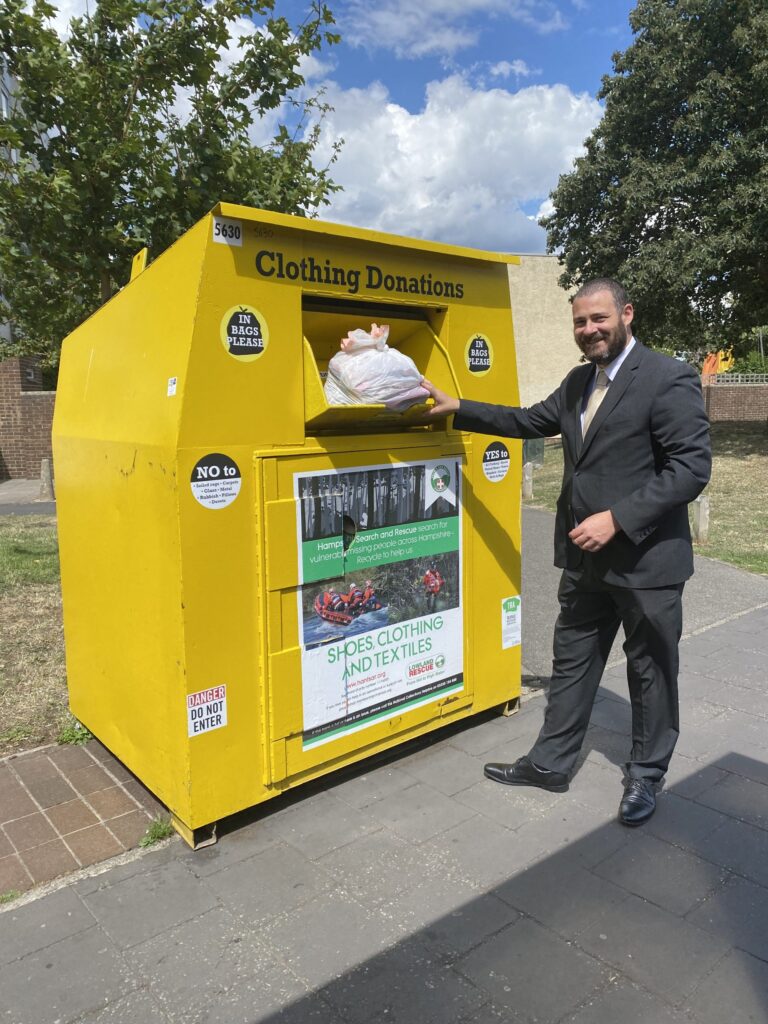Sir Peter Davis, Sainsbury's chief executive, made the announcement last Friday in a speech to the Soil Association National Conference in Cirencester and said that the organic trays could be used for more products if they prove popular.
Sainsbury's own label organic fruit and vegetables will be sold in the biodegradable trays in all stores from the end of January 2001.
In compostable conditions the trays should fully biodegrade in about a month, the company says. It advises that the best way for customers to dispose of the trays is on a compost heap but the trays will also biodegrade in the garden or even a window box. Even the label is produced without a coating so that it is also biodegradable.
The packaging, which has taken eight years to perfect, uses an innovative method, baking dried potato starch mixed with water and cellulose fibres. The plastic laminate used to protect the inside of the tray is made from a biodegradable polyester based material.
Sir Peter (pictured below) said: “Customers want us to keep packaging to a minimum and where possible ensure it is environmentally responsible. We are committed to reducing waste and the biodegradable trays are an important breakthrough because packaging represents 20% of waste from UK households. 
Sainsbury's is also looking at other areas where biodegradable packaging could be used including a starch based netting material for organic oranges.
The retailer also been has been involved with other composting schemes, including composting of store food waste for the past five years and currently has 46 stores linked to 3 composting trials in Berkshire, East
Anglia, East and South East London.
The tray was developed by a company based in Germany who specialise in this type of technology. Sainsbury’s says that the tray does need compostable conditions to biodegrade, ideally
customers should not throw the tray away as they would with normal
packaging but place on their compost heap.
The tray’s main ingredients are dried potato starch, cellulose fibres,
vegetable based colouring and water. These ingredients are mixed to
form a substance which looks like mashed potatoes. This is then
placed in moulds and baked. When the trays have been released from
the moulds, they are laminated. Even the plastic laminate used to
protect the inside of the tray is made from a polyester based
material which is also totally biodegradable.
The initial development cost will be absorbed by Sainsbury's and the supplier, APACK.
The packaging will cost the Sainsbury’s more than the conventional materials, but expect this to balance out should the tray be rolled out to other areas of the range.











Subscribe for free